The Western scholars to whom Kashmir shall perpetually remain indebted for their extensive research on history and culture of the Vale include Sir Marc Aurel Stein (1862-1943), the Hungarian-born British archaeologist. A prominent Great Game character, Stein is most known for his frequent forays into Central Asia. To Kashmir, however, he is known as the bachelor sahib who would live in a tent pitched at Mohand Marg (Kangan) while shuttling between Lahore and Central Asia and translating Rajatarangni from Sanskrit into English. Apart from local resource persons, only his dog, Dash, would live with him. Between 1888 and 1943, he is in Kashmir almost every year. In his memory, a small museum is coming up at the spot he would live in the meadows. In this excerpt from his work is a detailed introduction to the origin and actions of the Damaras, Kashmir’s perpetual feudal lords

The term Damara is one of common occurrence in the chronicle and the persons whom it designates play a prominent part in the later portions of the narrative. It is, hence, important to ascertain its significance with as much precision as our materials will permit. The word damara, in the sense in which it is used in the Rajatarangini and the later chronicles, has not yet been traced outside Kasmir (sic, it is Kashmir in the Sanskrit literature). Neither Kalhana nor his successors have thought it necessary to define or explain the term. It cannot, therefore, surprise us that its true bearing has not been recognized by earlier interpreters.
(Dr H H ) Wilson, owing apparently to some misunderstanding of the first passage in which the word occurs, had formed the opinion that the damaras were a fierce intractable tribe inhabiting the mountains to the north of Kasmir. He had accordingly treated the subsequent notices of the damaras as referring to inroads made by that tribe into Kasmir. It may well be doubted whether that distinguished scholar would have expressed this opinion if the last two Books’ (of Rajatarangini ) had been accessible to him, or if his text for the first six had been less defective. His view, however, has been followed by all subsequent interpreters of the chronicle.
The difficulties which it involved had evidently not escaped the authors of the St Petersburg Dictionary who, with reference to a possible etymology, suggested that the word might have had originally a more general meaning ‘ riotous, rebel.’ But the true purport of the term was recognized only in a brief supplementary note of that work which reproduces a suggestion of Professor H Kern assigning to damara the meaning Bojar, i.e. feudal landowner or baron.
The First Reference
That this interpretation is the right one, is proved beyond all doubt by a careful examination of all the numerous passages in which Kalhana has occasion to speak of damaras. Among these, however, it will suffice here to consider only those which furnish characteristic evidence. In this respect, the first mention, iv 348, is already of interest.
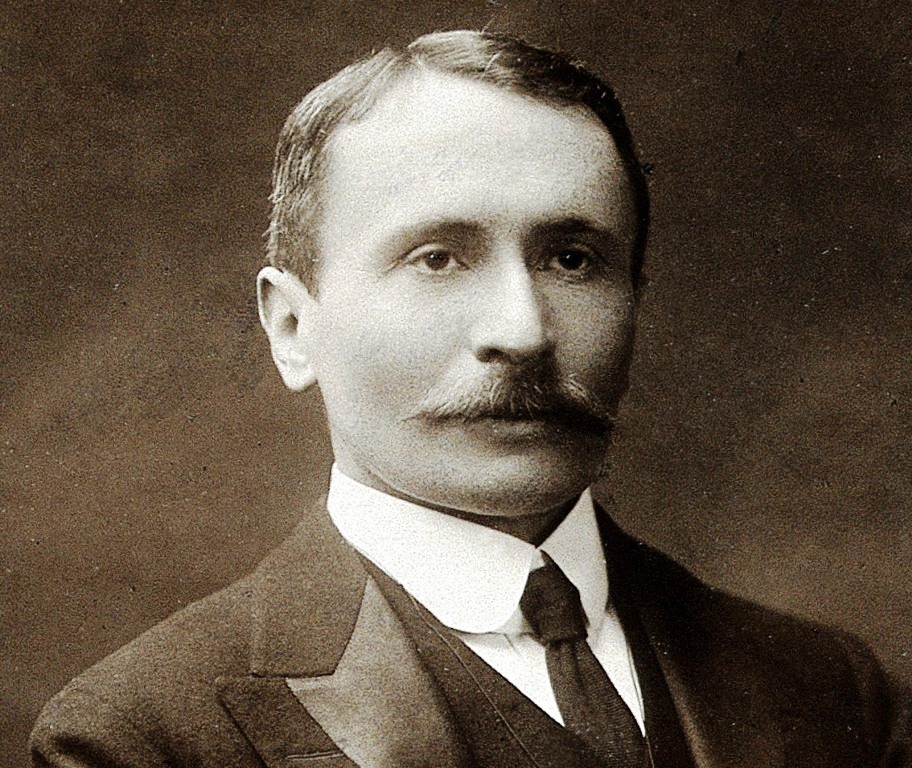
Kalhana, amongst other curious maxims of administrative wisdom put into the mouth of Lalitaditya, makes that king warn his successors not to leave with the cultivators of the land more than what is necessary for their bare sustenance and the tillage of their fields. The reason assigned for this draconic injunction is, that “if they should keep more wealth, they would become in a single year very formidable damaras, and strong enough to neglect the commands of the king.” It is clear that the danger against which the Machiavellian advice of the king is directed, cannot have been a sudden transformation of his Kasmirian agriculturist subjects into fierce hillmen. It is manifestly the growth among this misera contribuens plebs of a well-to-do land-holding class, capable of forming a powerful rural aristocracy, against which he wishes his successors to guard.
In Avantivarman Era
It is unmistakably a representative of this class to whom we are introduced in the curious anecdote related to king Avantivarman’s visit to the shrine of Bhutesvara. The Temple-priests, questioned by their royal visitor about the evident destitute condition of the shrine, ascribe it to Dhanva, a powerful damara of the district (Lahara) who has appropriated the villages forming the temple’s endowments. Dhanva, who owes his unrestrained local predominance to the patronage of the king’s powerful minister S’ura, neglects summons after summons.
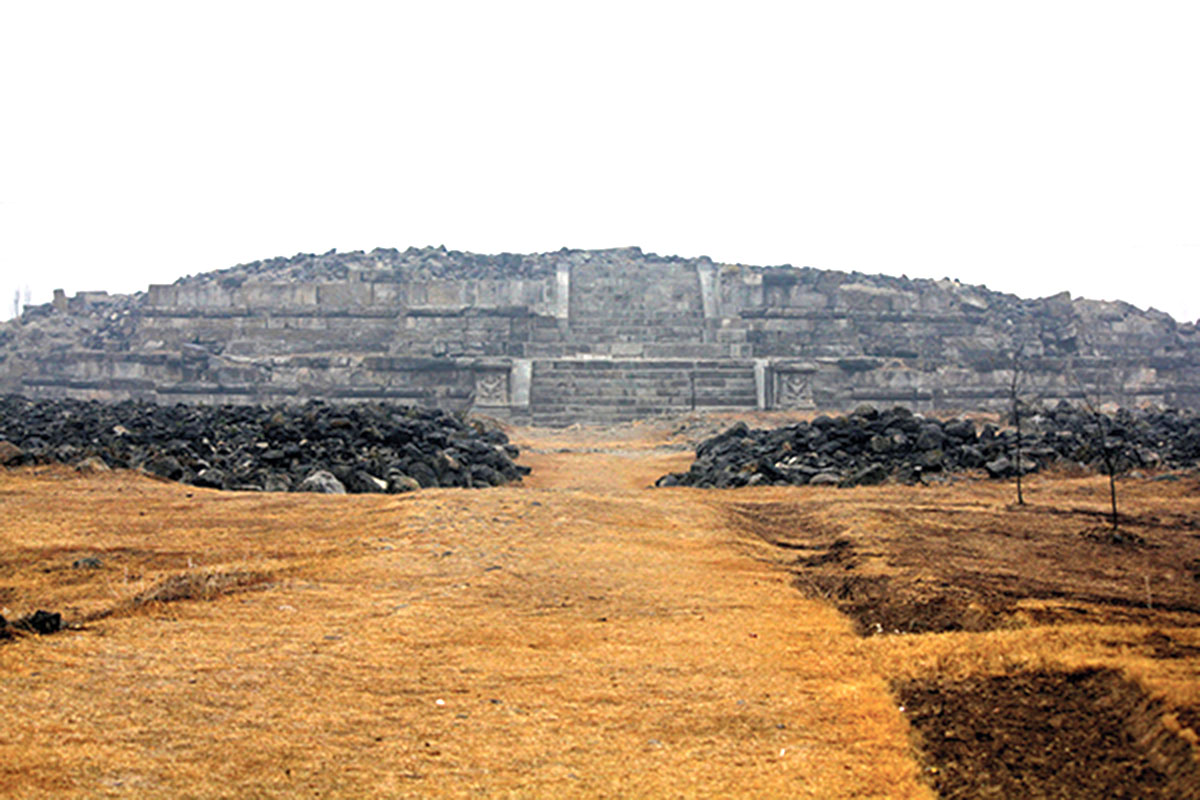
When he ultimately arrives to receive his due punishment, he appears on the scene with a host of armed attendants. Kalhana clearly wants to describe to us here not a marauding hill-chief, but a member of that land-grabbing oligarchy which in his own time was threatening to destroy all remnant of royal power.
King Cakravarman
The process by which the damaras during a long period of weak reigns and internal troubles gradually became the most powerful element in the state, is fully illustrated by the story of the damara Samgrama. When King Cakravarman had been driven a second time (ad 935) from his capital by his mutinous praetorians, the Tantrins, he took refuge with Samgrama, an influential damara, resident in Madavarajya. After the conclusion of a solemn compact the damara rose in support of the deposed king, and with the help of others of his class who joined him, succeeded in reinstating him. The Tantrins were exterminated and the damaras, who are referred to among the vassals (sumanta), obtained great influence. Subsequently, the ungrateful conduct of Cakravarman led to a conspiracy among the damaras and to his murder.
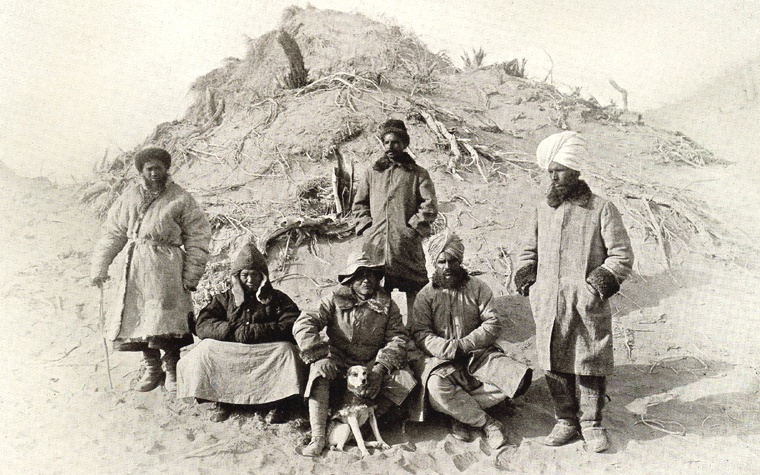
There is comparatively little mention made of the dmaras in the remainder of Book v and in the next. But there are characteristic indications of their growing influence even during the period of comparative consolidation which followed Yasaskara’s accession and Queen Didda’s advent to power. Both under Unmattavanti and Didda special mention is made of the success of royal commander-in-chief’s in coercive measures against damaras.
It is, however, in the subsequent period, after the accession of the house of Lohara (ad 1003) that we meet with the fullest development of the damara power. During the long succession of weak reigns from Samgramaraja to Utkarsa’s death (1003-1089 AD), the position of the damaras as semi-independent feudal lords seems firmly to have established itself. Damaras set up pretenders, and siding either with father or son maintained Anantadeva and Kalasa in their internecine struggle. The commanders of the royal troops are more than once represented as engaged in regular expeditions against these turbulent barons of various districts.
The Damras Origins
In the midst of these troubles, Kalhana relates to us incidentally the personal story of a damara, which throws an interesting light on the origin and growth of this feudal class. Jayyaka, the clever son of a householder at the village of Selyapura (the present S’il’por in Dunts), had gradually raised himself to the position of a damara. By the revenue of his lands and by exporting victuals to distant regions, he accumulated exceptional wealth, which he kept safe by having great quantities of coin buried in the soil. He ultimately found his death in an attempt to seize, by armed force, a territory in the neighbouring district of Bhangila. His buried treasures were confiscated by King Kalasa, and were so great as to relieve the latter of as his money-troubles. This story proves clearly that the position of damara was not necessarily restricted to a particular tribal division or set of families; it also indicates the means by which this status could be attained apart from direct inheritance.
Another incidental note referring to the time of Kalasa helps to show that sometimes strongholds important for the safety of the whole land were in the power of damaras.
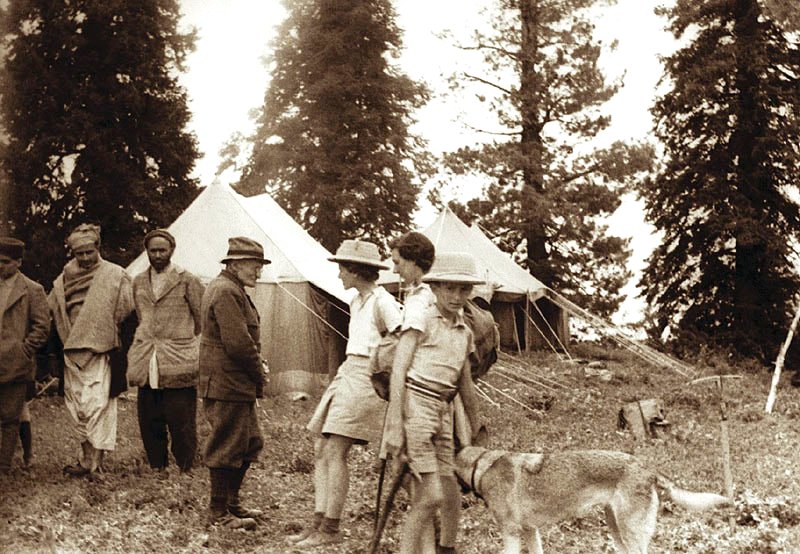
Lakkanacandra, a damara, had held the castle of Dugdhaghata which guarded the old route to the Darad country, corresponding to the present Dudkhut Pass. He had been executed by order of King Ananta. Subsequently, his widow had offered the hill fort to King Kalasa, apparently, as the succeeding narrative shows, with a view to better assuring the safety of the neighbouring tract from inroads of the Darads. King Kalasa refused the offer. The stronghold then fell into the power of the Darad king, from whom Harsa subsequently vainly endeavoured to recover it with the assistance of the neighbouring damaras. The circumstances here alluded to justify the conclusion that strongholds, as well as lands, had practically become hereditary possessions in the families of these feudal lords, whenever the central authority in the land was unable or unwilling to assert the right of resumption.
The Lavanyas
An attempt in this latter direction may have been the real reason for the cruel persecution of damaras of which we read in Harsa’s reign. In narrating the war of extermination by which Harsa endeavoured to rid the eastern portion of the valley of the powerful damaras, Kalhana indiscriminately also uses the term Lavanya to designate them. This becomes quite evident by a comparison of the verses quoted below. The same observation holds good for a series of passages in later portions of the chronicle.
The explanation is not far to seek. Lavanya, as shown in note vii 1171, is a tribal name still surviving to this day in the Kram name Lun, borne by a considerable section of the agriculturist population of Kashmir. From the way in which Kalhana employs the name in the passages referred to, and from numerous others in which the Lavanyas are mentioned, it must be inferred that the mass of the damaras was recruited from that tribal section. If this was the case the indifferent use of the ethnic and class designations is easily accounted for. It finds its exact parallel in the way in which, e.g. common usage in the Western Panjab (sic) designates all shop men as Khattris, or all English-knowing clerks as Babus. Examples for the same substitution of terms could no doubt be quoted in hundreds from all parts of India.
Power Centres
Harsa’s efforts to suppress the damaras produced the reverse of the object aimed at. The exasperated damaras conspired with the refugee princes, Uccala and Sussala, and by a successful rising put an end to Harsa’s rule and life. The reigns which followed this revolution, represent an almost uninterrupted series of struggles between the central authorities and the, damaras, and between various factions of the latter themselves.
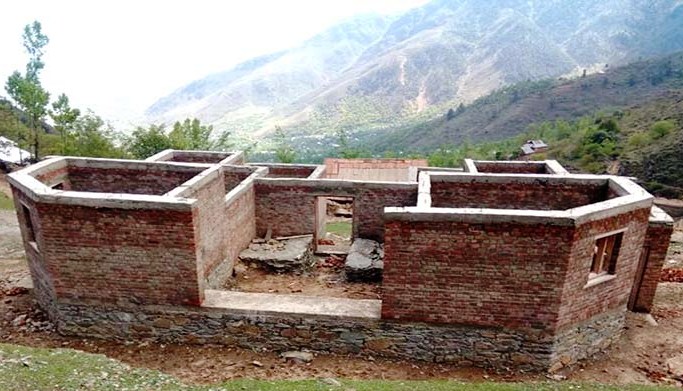
The local barons whom Kalhana now often mentions by the characteristic if not very complimentary term of “robbers,” seem to have usurped all power in the land except in the immediate vicinity of the capital and the places occupied by the royal troops. The most that the rulers are able to do, is to play off one of their sections against the other or to secure a footing by the support of one or the other great damara house.
Thus Gargacandra, the chief feudal lord in Lahara (Lar) becomes a true “king-maker.” When Sussala ultimately fell out with him, he could secure the damara’s submission-only by regular sieges of his strongholds, and the creation of a powerful rival. To similar prominence rose subsequently Prthvihara and his sons, damaras of S’amala (Hamal), Tikka of Devasarasa (Div’sar), Mallakostnaka of Lahara, Naga of Khuyasrama (Khuy’hom) and others.
Throughout these troubles, Kalhana’s narrative brings out strongly the local character of the damaras power. The districts to which they belong are regularly mentioned, and show that their homes were invariably in the fertile cultivated portions of the valley. These alone, in fact, were able to support a large class of territorial barons of this type. Their seats (upavesana) which evidently formed strong places capable of defence, are often referred to.
Kalhana’s Descriptions
Kalhana with the mass of the officials and Brahmans must have cherished bitter feelings against this turbulent class of petty territorial lords, and does not hide his sentiments. He takes more than one occasion to refer to the damaras boorish habits, and again to their ostentatious extravagance when in power. In a curious sketch of city-life, he shows to us also the small fry of the class, “the damaras from the environs of the city, who are more like cultivators, though they carry arms.”
In another passage where he praises the wife of the damara Kosthaka who became a Sati when her husband was mortally wounded, he does not omit to contrast this conduct with that of the ordinary damara women who did not show much regard for their character as widows. Kalhana plainly attributes the exceptional conduct of Kosthaka’s wife to her noble descent from a family of Rajputs. The mention of this marriage is instructive. Either the Lavanyas originally could not have held a very low position as a caste; or with their rise to wealth and power that gradual elevation in the social scale had already set in, which forms so interesting a feature in the modern history of many an Indian caste. The same conclusion is indicated in a fashion even more marked by the marriages of daughters of damaras to members of the royal family.
From the above sketch, it will appear that the materials which Kalhana’s chronicle supplies, are sufficient to give us a just idea of the political power and the social position held by the damaras in his own times. But they leave us in the dark as to the conditions under which their landed property, the basis of their influence, was acquired and held. If we compare the conditions prevailing in other parts of India where a similar class of landed aristocracy is still extant, the view suggests itself that a kind of service-tenure, the grant of land in return for military or other services, may have been the original foundation of the system. Yet even as regards this point the absence of all exact data prevents us from going beyond mere conjecture. Still less can we hope to ascertain the exact relations in which the damaras may have stood towards their sovereign and towards the cultivators in matters of revenue, administration, etc. It is well known how multifarious and complicated the conditions regulating feudal tenure usually are even within a single Indian province or Native State.
Tradition Continued
The references to damaras in the later chronicles are comparatively few and do not furnish additional information. In most cases, the term is found as a title applied to local grandees whether Hindu or Muhammadan, without there being any characteristic indication in the narrative as to their positions or functions. As the political conditions of the country do not seem to have undergone any material change previous to the advent of the Mughal power, the class represented by the damuras probably continued to be an influential element also in the time of the Muhammadan Sultans. But it is difficult to say whether the term damara as used in the narrative of these reigns was more than an archaism. In any case, its real significance must have been understood yet by the Pandits of the sixteenth century.
Ksemendra’s Samayamatrka and the Lokaprakasa are the only works outside the chronicles in which I have been able to trace the word dumara in the meaning above discussed. Ksemendra describing the adventures of the courtesan Kankali, one of the heroines of his curious poem, makes her for a time grace the house of the Damara Samarasimha, who resides at Pratapapura (the modern Tapar). Brief as the description is, we can yet see that Ksemendra wants to represent to us the damara’s house as a place of comfort and plenty, and the master, himself, as another Bhimasena, full of fighting spirit, quarrelsome, and a lover of good things.
Living under Ananta and Kalasa, Ksemendra had, no doubt, plenty of models to draw this figure from. The name he gives to his damara, Samarasimha, ‘Lion of the battle,’ is also significant. In the Lokaprakasa the term occurs in a mere list containing various official designations without any comment.
(These passages were excerpted from Kalhana’s Rajatarangini: A Chronicle Of The Kings Of Kashmir Vol-II by M A Stein.)















